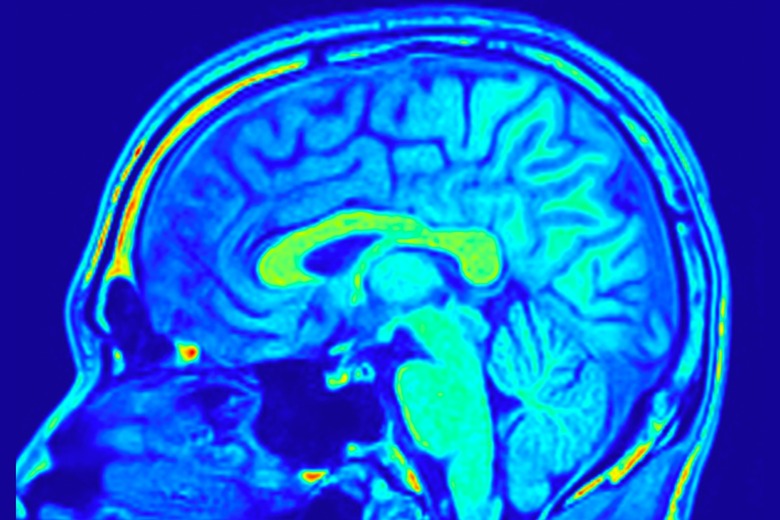Aimless Wandering Is Actually Good For The Brain
The brain is a complex organ. Not only is it made up of multiple parts, all of which have important roles to play in processing information, but the way that the brain learns can also change based on what activities you're taking part in.
For the longest time, the act of zoning out and aimlessly wandering around town, a store, or any other venue has often been viewed in a negative light. However, new research published in the journal Nature suggests that it might actually be the opposite. Instead of being bad for you, aimlessly wandering can unlock new potential for the brain to learn faster.
Unsupervised learning prepares your brain for learning later
The act of learning without much structure, often called unsupervised learning, can actually be extremely helpful to the brain's development, the researchers discovered. According to their findings, mice that were exposed to unstructured environments and allowed to aimlessly wander through their surroundings were actually quicker to learn to complete reward-linked tasks than mice that weren't exposed to those environments.
This research raises new questions about the way the brain learns. To discover this, researchers had to capture the activity of tens of thousands of neurons at the same time. When looking back at the data, the scientists uncovered a startling new truth: Learning can occur even when there aren't any specific tasks or goals involved.
As the mice explored their environment, the neurons found in the visual cortex, a section of the brain responsible for processing information, actually encode visual features into the brain. This helps build an internal model of the world around the animal. Then, once a more goal-oriented task is placed in front of them, the information obtained by aimlessly wandering actually helped speed up learning for those more specific tasks.
Digging deeper into the brain’s learning process
Of course, understanding exactly how our brains learn is a tough task. However, research like this is slowly helping us connect the dots. The researchers involved in this most recent study say that even though you might not feel like you're doing anything while aimlessly wandering around, you could be setting your brain up for faster learning down the line.
It's unclear at the moment exactly how this might translate to the human brain. But given how similarly the brains of certain animals work compared to ours, it's likely that the way the brain learns in animals will be similar to how the human brain picks up new things, too. Hopefully, future research into the topic will provide us with even more data to dig into.
For now, researchers at least have a good idea of where to look to start understanding the how the brain learns, and it starts with the visual cortex.

